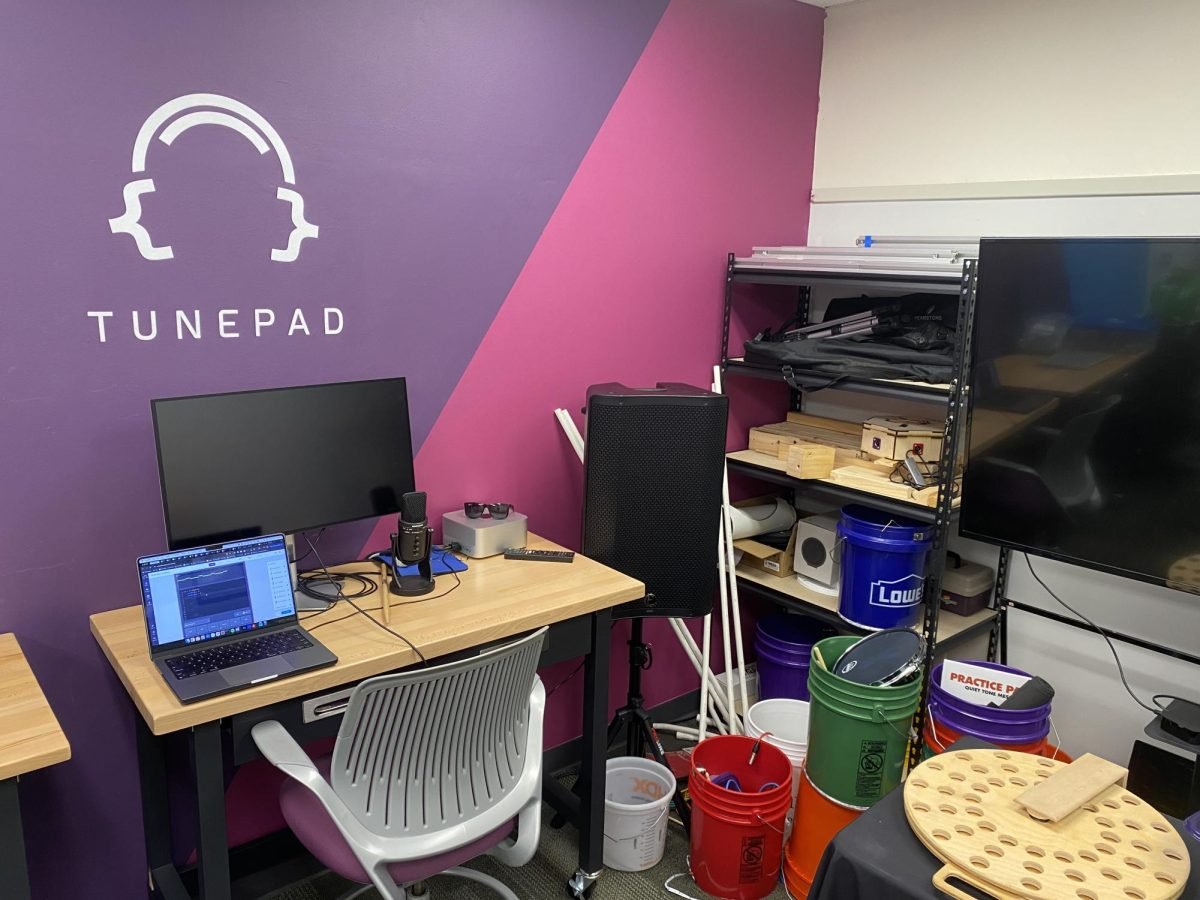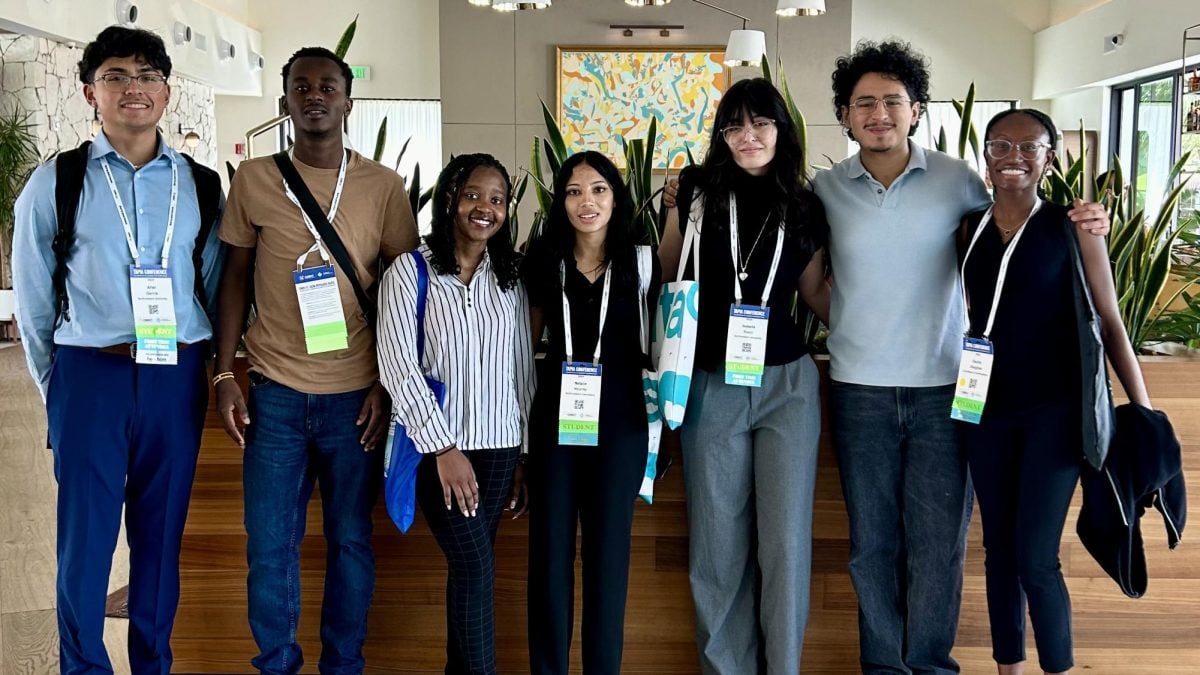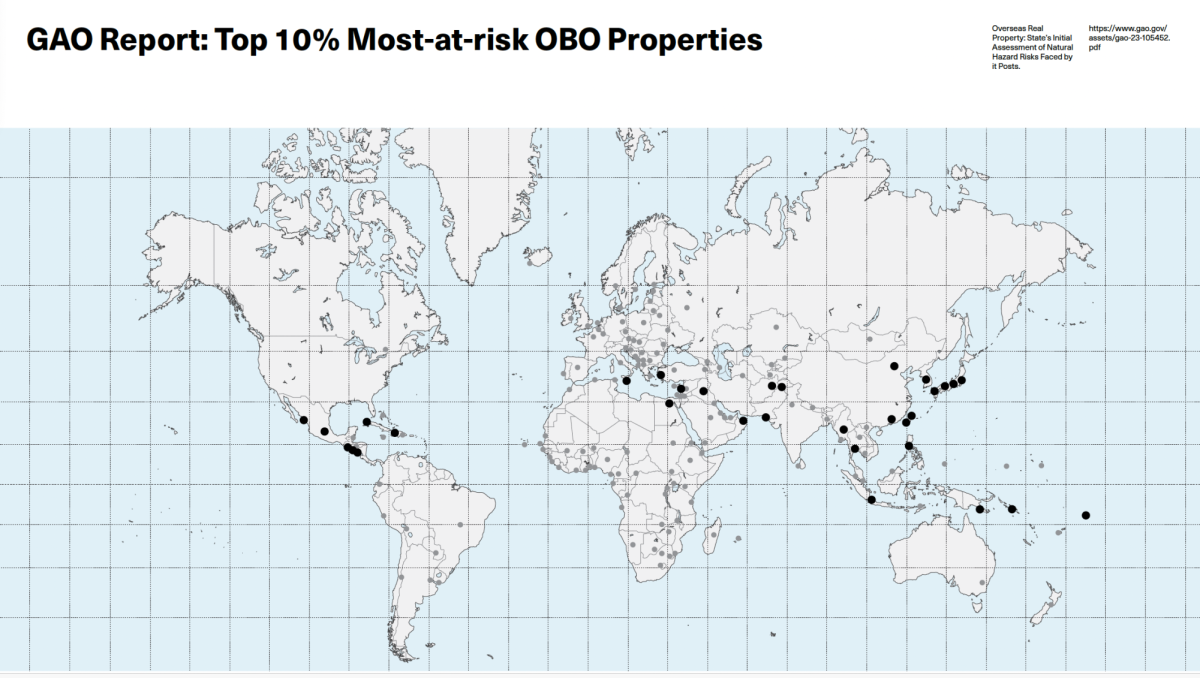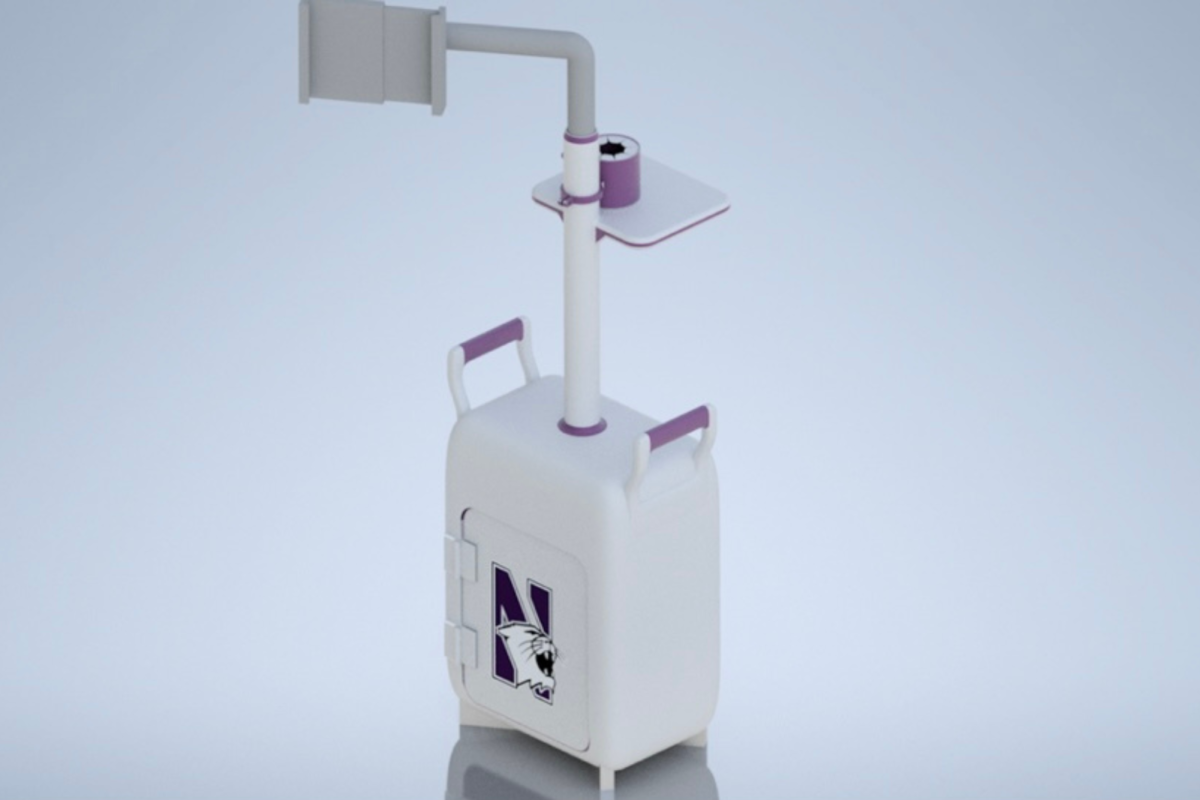A research portal designed to facilitate connections between female scientists and engineers was launched Tuesday by the Chicago Collaboration for Women in STEM, a partnership between Northwestern and The University of Chicago.
The portal, which is the first of its kind between the schools, aims to be an “easy online networking tool for women faculty across these institutions,” said Celina Flowers, who has worked with the Chicago Collaboration as project coordinator in the Office of the Provost at NU. STEM refers to the fields of science, technology, engineering and math.
The portal currently contains more than 150 profiles of professors and researchers, including a summary of their research, links to their contributions in publications and a list of other members in the system with related backgrounds.
“This multi-institutional research networking system is designed to stimulate networking and collaboration across disciplinary and institutional boundaries while promoting women in STEM disciplines,” said Lindsay Chase-Lansdale, associate provost for faculty at NU, in a news release.
The publicly accessible portal will also serve as a means of bringing together various areas of study.
“The portal is an entry point into a community of scholars,” said McCormick Prof. Teri Odom. “It has the potential to introduce people and not only be a source of scientific collaboration but of mentorship and friendship as well.”
The Chicago Collaboration was formed in 2011 to provide resources in networking, leadership and career planning to female faculty in STEM fields through its programs. It also works with two Department of Energy research labs in the Chicago area, Argonne National Laboratory and Fermilab.
(Office of STEM Education Partnerships launches program in Chicago)
Although women are becoming more prominent in STEM fields, there is still a predominantly male element to these areas of study, said Mary Harvey, associate provost for program development at The University of Chicago, in the release.
“Though women now receive half the doctorates in science and engineering in the United States, they make up only 21 percent of full science professors and only about 5 percent of full engineering professors,” Harvey said. “A networking site that female science faculty can leverage to identify potential female research collaborators is an important step to improving these numbers.”
The overwhelming number of males in STEM fields creates a “missing voice” in female leadership and role models for female STEM students, Flowers said. The Chicago Collaboration offers professional training, including mentoring, that can directly benefit students and provide female leadership models.
Flowers said the portal is an important step for female faculty and researchers.
“There is no other tool like this,” she said.
Email: [email protected]












